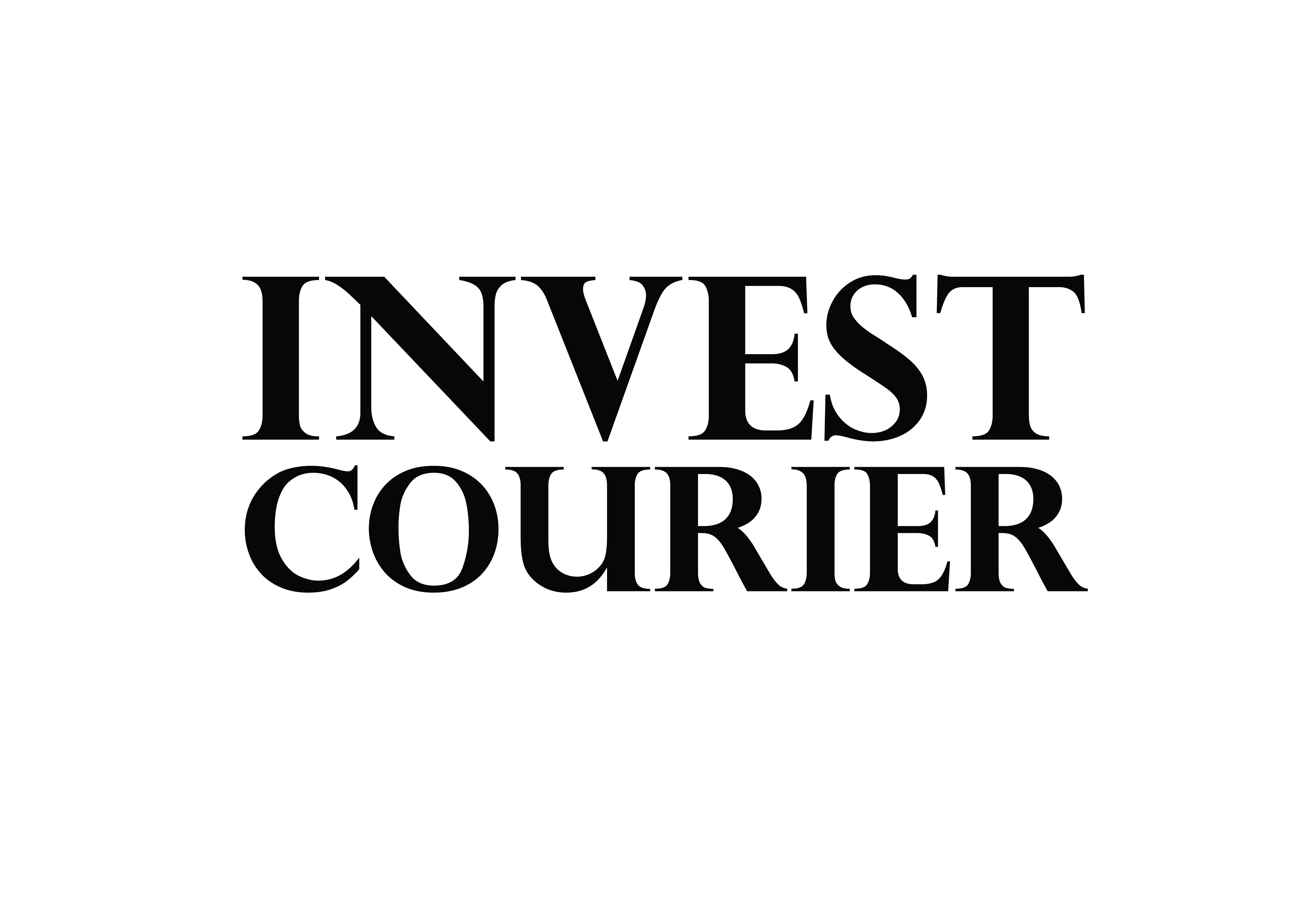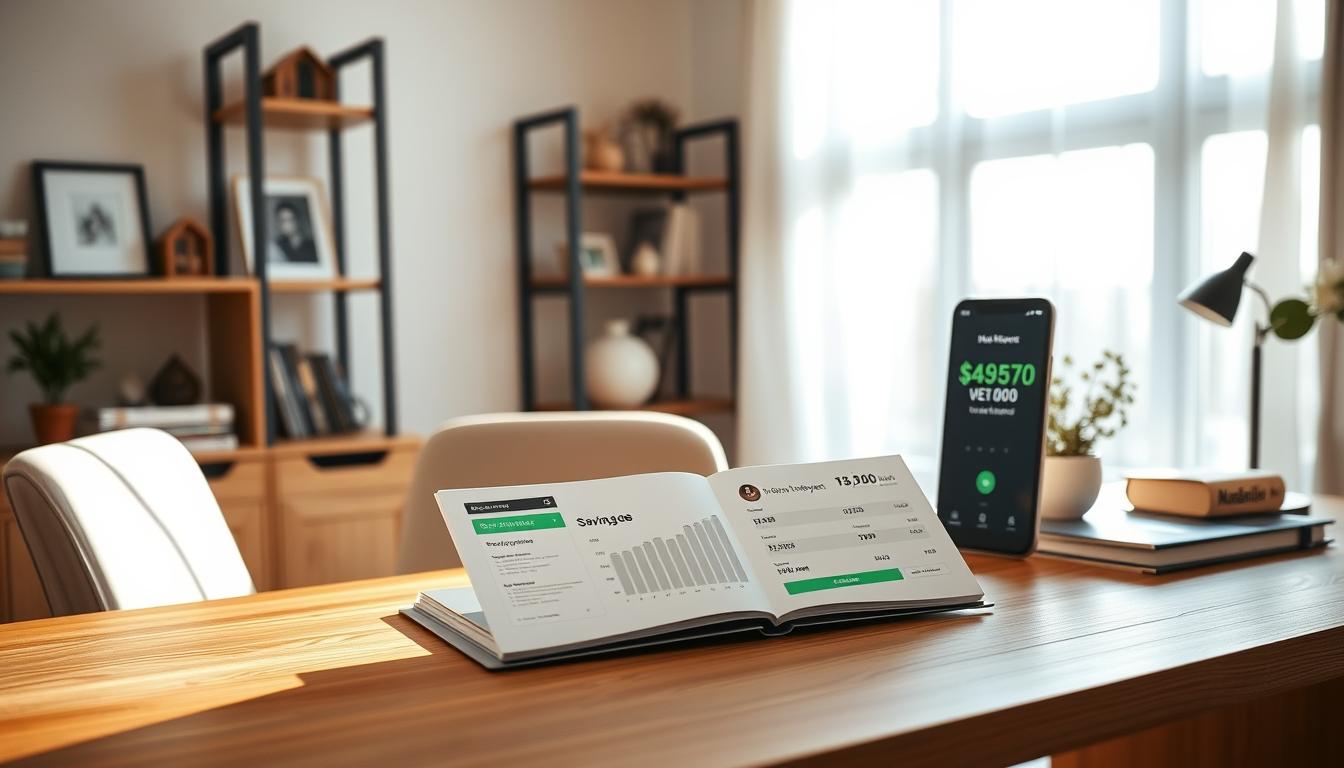Planning to buy a home in 2025? The housing market is shifting, with mortgage rates above 6% and slower price growth in some areas. Now is the time to start preparing. Strategic planning can make a big difference in achieving your goals.
First-time homebuyers often face challenges, but with the right approach, you can build a solid foundation. Start by creating a budget and managing debt. High-yield savings accounts can help grow your funds faster. Automating your savings is another smart move.
Did you know the median down payment is 18% for all buyers and 9% for first-time buyers? Exploring homebuyer assistance programs can also ease the financial burden. This guide will walk you through realistic timelines and inflation-proof strategies to help you succeed.
For more detailed tips, check out this resource. Let’s make your dream of owning a home a reality!
Understanding the 2025 Housing Market
The 2025 housing market is shaping up to be a unique landscape for buyers. With mortgage rates projected to hover between 6.3% and 6.5%, affordability remains a key concern. While rates are slightly lower than 2024, they still impact monthly payments significantly.
Current Trends in Mortgage Rates and Home Prices
Home prices are rising at a slower pace compared to previous years. However, inventory remains tight, especially in high-demand areas. New construction trends are helping, but supply still lags behind demand. This imbalance keeps home prices elevated, making it crucial to plan carefully.
How Inflation Impacts Your Savings
Inflation is another factor to consider. At 3.3% in early 2025, it affects your purchasing power. For example, saving $20,000 for a down payment requires setting aside $833 monthly to counteract inflation. High-yield savings accounts can help grow your funds faster, making them a smart choice for long-term goals.
Renting offers stability, but buying a home builds equity. If you’re ready to take the leap, understanding these trends is essential. For more tips on managing finances, check out this resource.
Assessing Your Financial Situation
Before diving into homeownership, it’s crucial to evaluate your financial health. Knowing where you stand helps you identify gaps and create a realistic plan. Start by reviewing your savings, assets, and emergency fund. These elements form the backbone of your financial stability.
Reviewing Your Savings and Assets
Begin by auditing your liquid assets, such as cash in checking or savings accounts. Consider opening a dedicated account for your down payment to keep funds separate and track progress. Don’t forget to factor in your emergency fund, which should cover 3 to 6 months of expenses. For more tips, check out this guide on emergency fund essentials.
If you’re aiming for a 20% down payment, you’ll avoid private mortgage insurance (PMI), which costs 0.2% to 2% of your loan annually. While it’s a significant goal, even smaller down payments can work with the right strategy.
Calculating Your Debt-to-Income Ratio
Your DTI ratio is a critical metric lenders use to assess your ability to manage monthly payments. Calculate it by dividing your total monthly debt by your gross monthly income. Aim for a ratio of 35% or lower, including your future mortgage payment.
“A healthy DTI ratio not only improves your chances of loan approval but also ensures you can comfortably afford your new home.”
Don’t overlook hidden costs like property taxes, HOA fees, and move-in expenses. These can add up quickly and impact your overall budget. By understanding your financial situation, you’ll be better prepared to navigate the homebuying process with confidence.
Setting Realistic Savings Goals
Achieving your homeownership dreams starts with clear financial planning. Knowing how much you need to save and when you need it by is essential. This section will help you determine your down payment target and create a timeline that works for your budget.
Determining Your Down Payment Target
The amount you need depends on the home price and the percentage you aim for. For a $450,000 home, a 5% down payment is $22,500, while 20% is $90,000. A larger down payment reduces your mortgage payments and eliminates private mortgage insurance (PMI).
Here’s a breakdown of common down payment sizes:
- 5%: $22,500
- 10%: $45,000
- 20%: $90,000
Consider your financial situation and choose a target that aligns with your savings goals.
Creating a Timeline for Your Savings
Once you know your target, calculate how much you need to save monthly. For example, saving $20,000 in two years requires setting aside $833 each month. Use budgeting methods like the 50/30/20 rule or zero-based budgeting to prioritize payment savings.
Here are some tips to stay on track:
- Automate transfers to a dedicated savings account.
- Adjust your timeline if market conditions or income change.
- Balance savings with lifestyle needs to avoid burnout.
By breaking your goal into smaller steps, you’ll make steady progress toward your dream home.
Budgeting for Your Down Payment
Building a strong financial foundation is key to reaching your homeownership goals. A well-structured budget helps you track your spending and allocate funds effectively. Start by understanding where your money goes each month.

Tracking Your Monthly Expenses
Begin by categorizing your expenses. Separate fixed costs like rent and utilities from discretionary spending such as dining out or entertainment. Apps like Quicken Simplifi can automate this process, making it easier to identify areas where you can cut back.
Negotiating bills, such as internet or insurance, can free up extra cash. Small adjustments in your monthly spending can add up over time, helping you save more for your savings account.
Choosing the Right Budgeting Method
Different budgeting methods suit different lifestyles. The 50/30/20 rule allocates 50% of your income to needs, 30% to wants, and 20% to savings. Alternatively, zero-based budgeting assigns every dollar to a specific category, ensuring nothing goes unaccounted for.
Here’s a quick comparison:
- 50/30/20 Rule: Simple and flexible, ideal for beginners.
- Zero-Based Budgeting: Detailed and goal-focused, perfect for disciplined savers.
Choose the method that aligns with your financial habits and helps you stay on track toward your homeownership dreams.
Maximizing Your Savings Strategy
Growing your savings efficiently is a critical step toward homeownership. By leveraging the right tools and strategies, you can accelerate your progress and make your goals more attainable. Let’s explore how to optimize your savings plan.
Exploring High-Yield Savings Accounts
High-yield savings accounts (HYSAs) offer significantly higher interest rates compared to traditional savings accounts. This means your funds grow faster over time. Certificates of deposit (CDs) are another option, providing even higher rates for locked funds.
Here’s a quick comparison of savings options:
- High-Yield Savings Accounts: Higher rates with easy access to your money.
- Money Market Accounts: Competitive rates with check-writing privileges.
- Certificates of Deposit: Highest rates but limited access to funds until maturity.
Choosing the right account depends on your liquidity needs and savings timeline. State-specific homebuyer savings accounts also offer tax advantages, making them worth exploring.
Automating Your Savings Contributions
Setting up automatic transfers ensures consistent progress toward your goal. By automating your savings, you avoid missed contributions and build momentum. Tools like Thrivent Bank and Quicken can help track your progress and adjust your plan as needed.
Here are some tips to stay on track:
- Schedule transfers to align with your payday.
- Review your savings strategy quarterly to adjust for changes in income or expenses.
- Use windfalls like tax refunds or bonuses to boost your funds.
“Automating your savings is like putting your financial goals on autopilot—it’s a simple yet powerful way to stay consistent.”
By combining high-yield accounts with automation, you’ll maximize your savings potential and move closer to homeownership.
Exploring Homebuyer Assistance Programs
Navigating the path to homeownership can feel overwhelming, but assistance programs are here to help. These programs are designed to make buying a home more accessible, especially for first-time homebuyers. From federal programs to state-specific initiatives, there are numerous resources available to support your journey.

Federal and State Programs
Federal programs like FHA, VA, and USDA loans offer flexible options for buyers. FHA loans require as little as 3.5% down, while VA and USDA loans offer 0% down for eligible buyers. These programs are ideal for those with limited savings or specific eligibility criteria.
State-specific programs, such as California’s CalHFA, provide additional support. These initiatives often include down payment assistance and low-interest loans. Check your state’s housing authority website to explore available options.
Down Payment Assistance Options
Down payment assistance can come in various forms, including grants and forgivable loans. These programs are often income-based, making them accessible to low- and moderate-income buyers. For example, Housing Choice Vouchers help low-income buyers, while HUD offers discounts for first responders.
Here are some common assistance options:
- Forgivable Loans: These loans are forgiven after a set period, provided you meet certain conditions.
- Grants: Non-repayable funds that can cover a portion of your down payment.
- Crowdfunding: Platforms like GoFundMe allow friends and family to contribute to your goal.
“Assistance programs can significantly reduce the financial burden of buying a home, making your dream more attainable.”
Remember, if your down payment is less than 20%, you’ll likely need private mortgage insurance (PMI). While this adds to your monthly costs, it’s a trade-off for entering the market sooner. By exploring these programs, you can find the support you need to achieve homeownership.
Additional Tips to Boost Your Savings
Boosting your savings requires a mix of smart strategies and disciplined habits. Whether you’re trimming expenses or finding new ways to earn, every step brings you closer to your goal. Let’s explore some practical ways to maximize your efforts.
Cutting Back on Discretionary Spending
Start by identifying areas where you can reduce spending. Small changes, like meal prepping or using public transit, can add up over time. DIY repairs and shopping second-hand are also great ways to save extra cash.
Consider using a balance-transfer credit card to consolidate high-interest debt. This can lower your monthly payments and free up more money for savings. Cutting just $200 a month can result in $2,400 annually—enough to make a significant impact.
Taking on a Side Hustle for Extra Income
The gig economy offers plenty of opportunities to earn additional income. Ride-sharing platforms like Uber or delivery services like Instacart can bring in $5,000 to $10,000 annually. Freelance work on platforms like Etsy is another flexible option.
If you have high-interest loans, consider refinancing to lower your rates. This reduces your interest burden and helps you pay off debt faster. Combining a side hustle with smart debt management can accelerate your savings journey.
Conclusion
Embarking on your homebuying journey requires patience and adaptability, especially in today’s market. With mortgage rates and home prices fluctuating, staying focused on your goals is key. Start by creating a budget, automating your consistent savings, and exploring assistance programs to ease the financial burden.
Consulting with Thrivent advisors can help tailor a plan that fits your unique situation. Remember, building equity in a new home offers long-term benefits compared to renting. Every small step you take today brings you closer to achieving your dream.
Start now, even with modest contributions. Your future self will thank you for the effort and discipline. Let’s make your homeownership dreams a reality!


